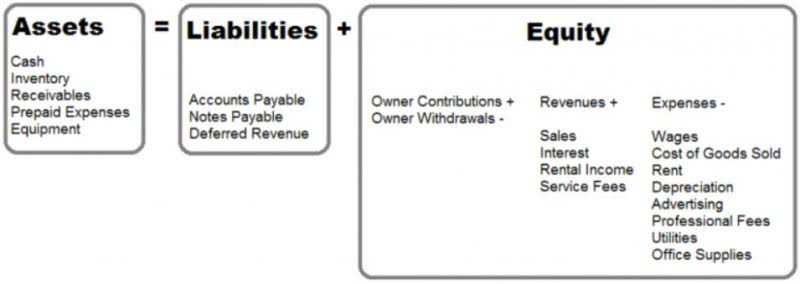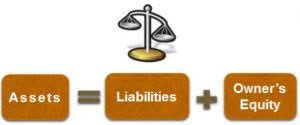Is an entry made for outstanding checks when preparing a bank reconciliation?

As a result, the company’s bank balance will show a more excellent balance than its actual amount of cash in hand. In U.S. accounting textbooks, every check that has not been cleared is termed an outstanding check. This is because the bank still needs to clear it on the payer’s end, as it is yet to be presented, and the status of its clearance remains uncertain. Once presented to the bank and cleared, the check transforms into obtainable cash. However, it may incur banking charges or take https://transbrax.com.br/2023/11/15/best-accounting-software-for-small-businesses-2/ time to cash, establishing it as a monetary instrument that ensures payment after proper due diligence by the bank.
Document and Archive Reconciliation Reports
In the world of accounting, an outstanding check refers to a check that has been issued by a company but has not yet been presented to the bank for payment. These checks represent an ongoing financial obligation for the company until they are cashed or deposited. Accountants then compare each transaction in the company’s ledger with the bank statement, flagging discrepancies for investigation. For example, an issued but uncleared check should be noted as outstanding.
How Long Does It Take to Get an Outstanding Check?
You need to deduct the check amounts from your bank balance to decrease it so that it reflects the balance of your cash book. An outstanding check is a payment a company has issued and recorded in its accounting records but has not yet been presented checks outstanding to or cleared by the bank. This means the company has already reduced its cash balance internally, but the bank has not yet processed the deduction.
Best Practices for Maintaining Accuracy After Bank Reconciliation
Companies face several challenges when reconciling bank statements to financial activities, so it’s important to highlight common problems you may encounter. Company XYZ has an opening balance of $100,000 in its book and bank statements for the beginning of September 2022. After you’ve received bank statements, establish the last reconciled transaction from the previous period and begin there. This delay happens for various reasons—such as Oil And Gas Accounting verifying the account information, checking for sufficient funds, or ensuring there are no issues with the check itself (like a torn corner). During this time, even though the money has been taken from your account, it hasn’t yet reached the recipient’s account. In other words, the transaction is still in transit and not yet cleared by the bank.
- Once a check is deposited, bank processing times are involved as it moves through the check-clearing cycle.
- Remember, it’s essential not only to be aware of the funds available but also to recognize which checks have cleared and which are still outstanding.
- In the realm of accounting, the meticulous process of adjustments is not merely a matter of reconciling figures but a strategic pivot that can significantly influence business decisions.
- Moreover, the issue of escheatment arises, where unclaimed property laws require businesses to report and remit unclaimed funds, including uncashed checks, to the state after a certain period.
- At a minimum, bank reconciliations should be completed monthly during the financial close process.
- You’ll also need to make an adjustment if you notice that a not-sufficient-funds (NFS) check hasn’t cleared.

Doing bank reconciliations regularly helps companies control their financial transactions and easily track errors and omissions. A bank reconciliation statement should be completed monthly but can even be done weekly if your company processes a large number of transactions. When an outstanding check leads to delayed payments or fails to clear entirely, banks often impose additional charges. These fees are designed as a penalty for the inconvenience and potential risks they face. Think of these charges like a parking ticket; you receive one when you’ve overstayed your welcome in someone else’s space without permission.

